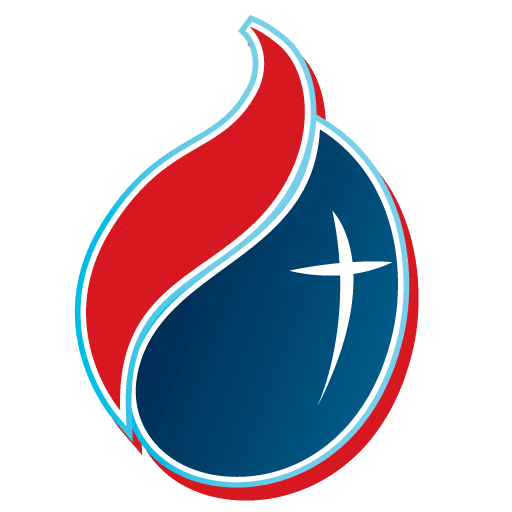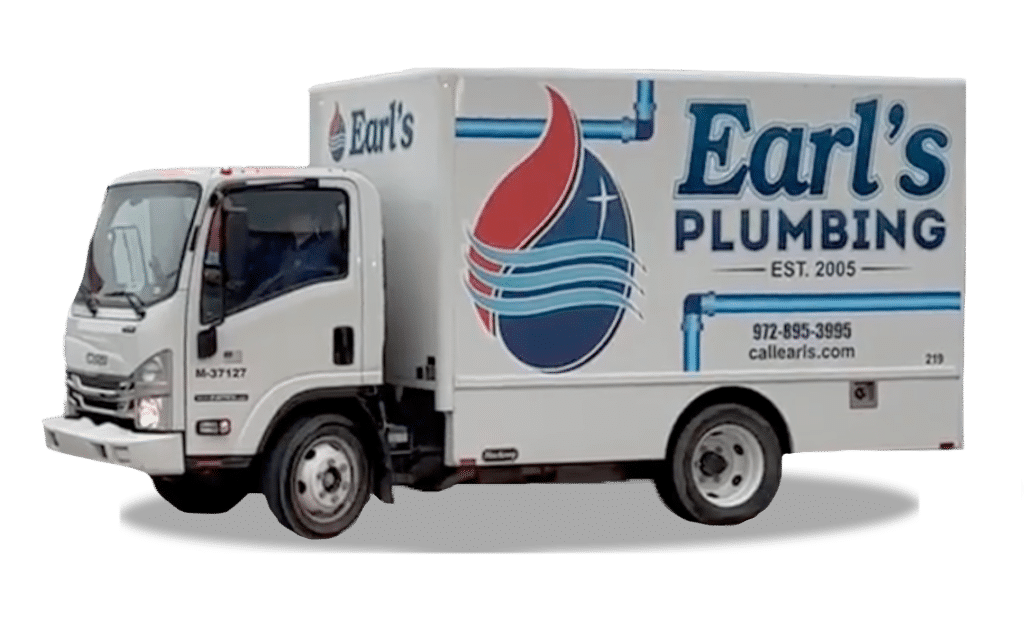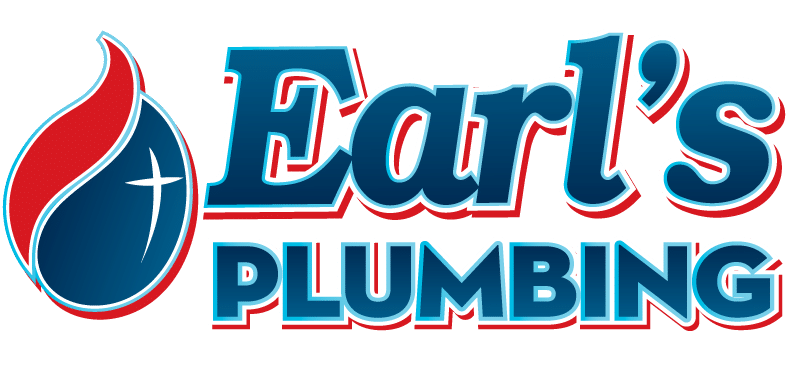Frisco's Trusted Drain & Sewer Plumbers
Ideally, once water and waste go down your drains, you should never have to think twice about it. But your drainage system is extensive. Clogs, leaks, and sewer line breaks are unfortunate possibilities for any homeowner, especially as your home ages or becomes older. And when a drain or sewage problem strikes your home, you deserve a reliable team that can handle it all.
The team at Earl’s Plumbing has years of experience clearing, repairing, and replacing drain and sewer lines of all sizes and conditions. Let us use our specialized knowledge and equipment to diagnose the issue and devise the ideal solution for your property. We’ll do everything in our power to minimize disruption to your home while solving the problem for good.

Request a Plumbing Estimate Today
"*" indicates required fields
Drain and Sewer Testing and Repair Services
Drain and sewer problems are never pleasant, which is why our team takes extra care to pinpoint the issue correctly and get you back to normal as quickly as possible.
Drain Clearing & Clogs
A clean drain system is key to a healthy home. Our team is here to help you clear stubborn clogs no matter where they rear their heads—no job is too big or too small for our Frisco team.
What Frisco is Saying About Our Residential Plumbing Services

